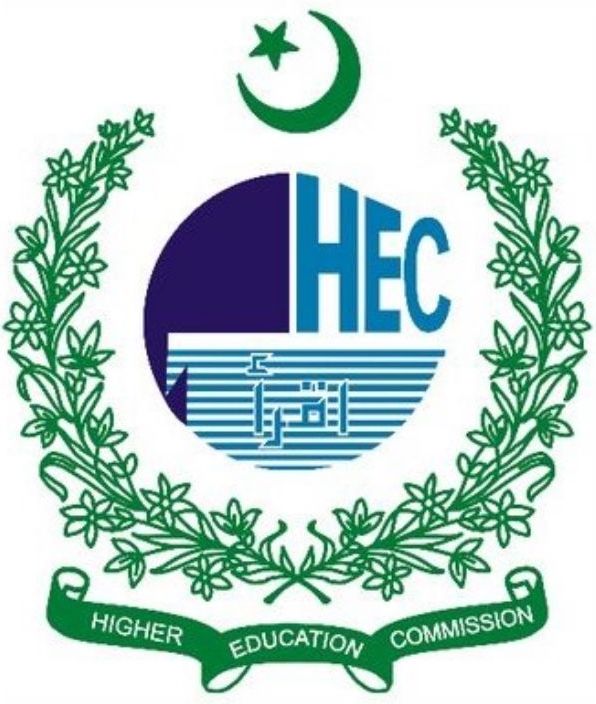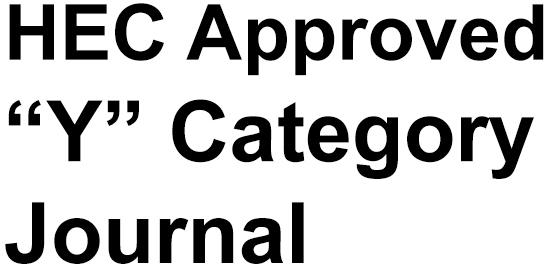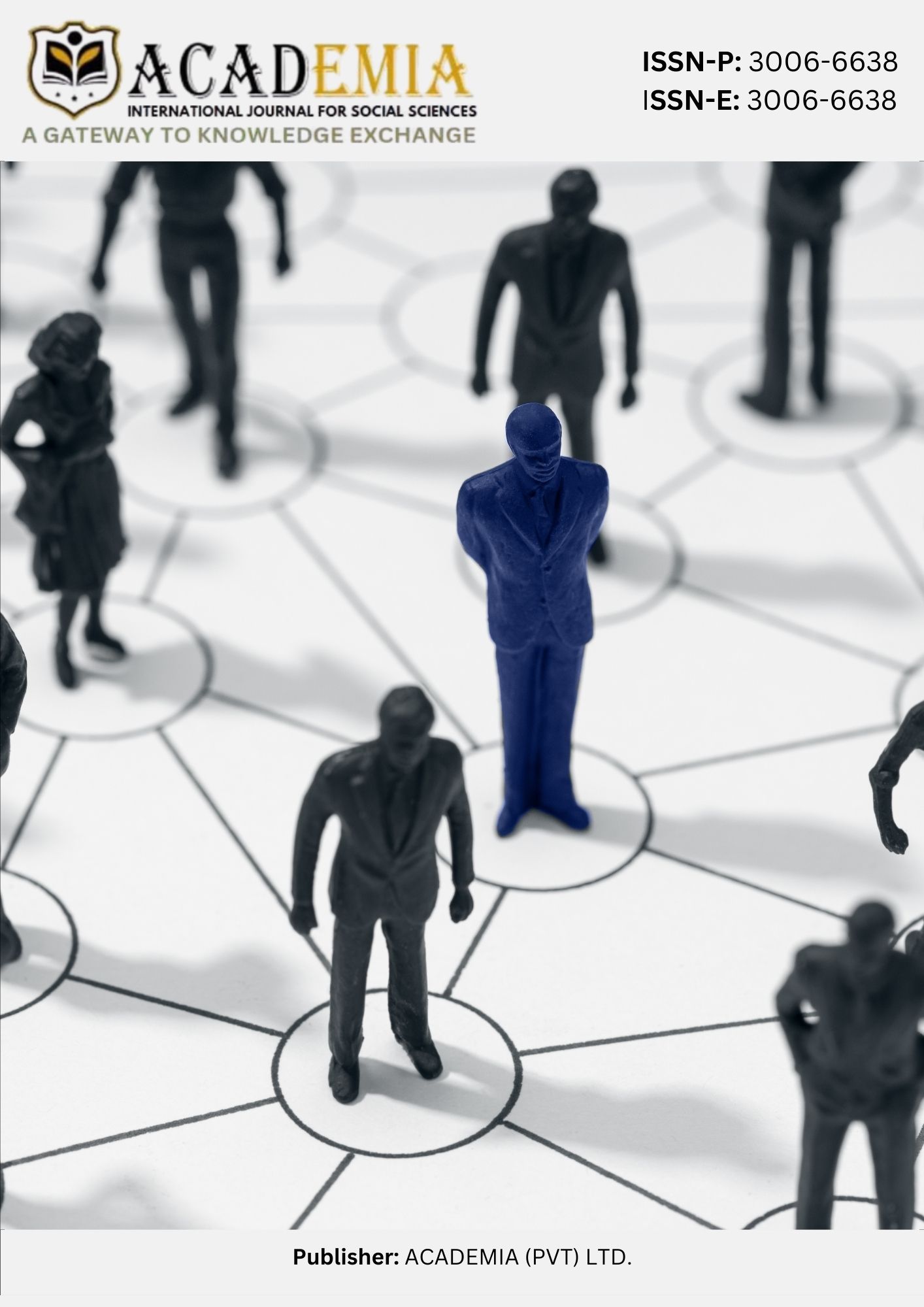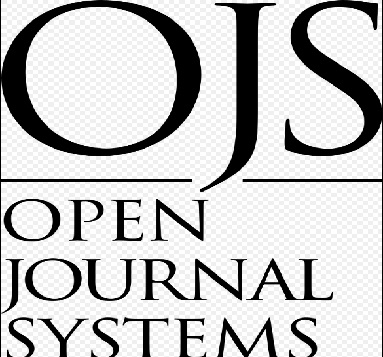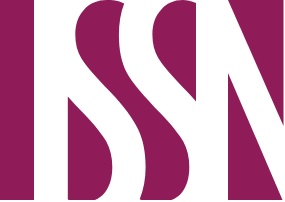Dark Triad, Social Support, and Sensation Seeking Behavior in University Students: A Correlational Study
DOI:
https://doi.org/10.63056/ACAD.004.02.0199Keywords:
Dark Triad , Social Support , Sensation-Seeking , Negative Behaviors , University StudentsAbstract
The current study examines the relationship between Dark Triad traits (Machiavellianism, Narcissism, and Psychopathy), social support, and sensation-seeking behavior in Pakistani university students. A correlational research design was used, collecting data from 300 students (138 males, 162 females) aged 18 to 32 years from universities in Sialkot and Islamabad. Standardized measures included the Short Dark Triad (SD3) Scale, Interpersonal Social Support Scale, and Sensation Seeking Behavior Scale. Results showed a significant positive correlation between sensation-seeking behavior and Dark Triad traits (r = .075, p < 0.01), indicating a link between personality and risk-taking tendencies. Social support moderated this relationship (R² = 0.26, p = 0.001), highlighting its protective role. Dark Triad traits negatively impacted social support, with Machiavellianism (B = -0.15, β = -0.20) and Narcissism (B = -0.20, β = -0.25) explaining 5% and 7% of the variance, respectively. Gender differences showed males scored higher on psychopathy (M = 27.56, SD = 5.12) and sensation-seeking, while females relied more on social support (TSS: M = 32.18, SD = 4.32). Findings emphasize the need for university interventions like counselling, mentorship, and skills training to mitigate risks and promote student well-being.
Published
Issue
Section
License
Copyright (c) 2025 Hafiza Ayesha Batool, Dr. Shammem Akhtar (Author)

This work is licensed under a Creative Commons Attribution 4.0 International License.


